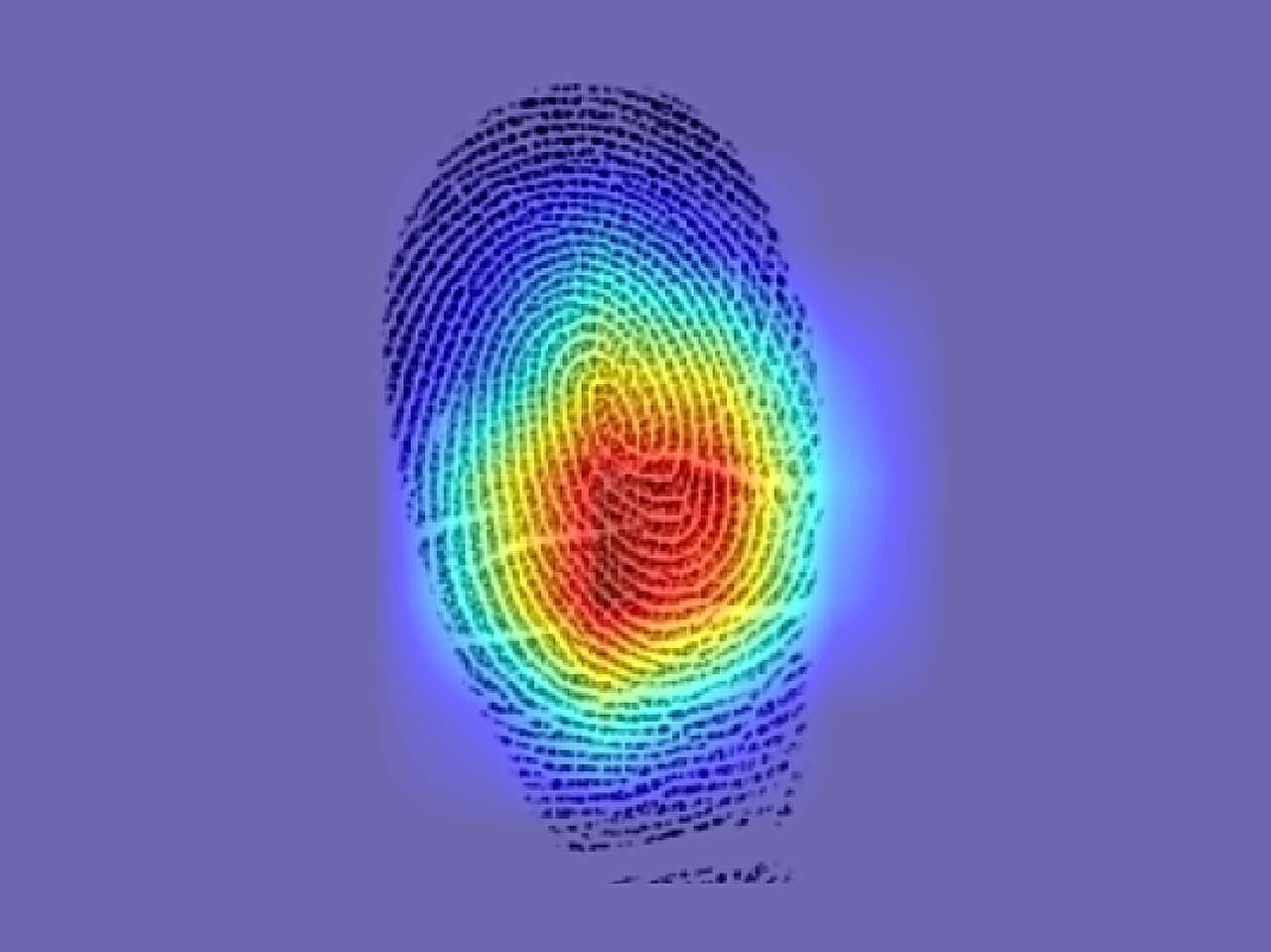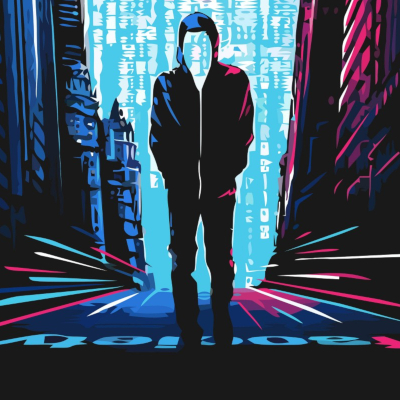I always assumed it was a bit like SHA hashing. Yes, collisions are theoretically possible. But they’re so unlikely that it can be used as a unique identifier for most purposes.
Precisely. We’ve always known that identical fingerprints are not just possible but more common than the regular folk would imagine. The point is that the statistical probability of two individuals being in the same room at the same time and related to the same crime with the exact same fingerprints are so low as to make fingerprint ID good enough.
Multiply that by fingerprint evidence being often partial and damaged and how few shits the penal bureaucracy gives about people they’ve already decided are guilty
Excepting of course identical twinsEdit: apparently I was wrong
They tend to have different fingerprints for the same reasons they will have differing birthmarks.
Identical twins do not have identical fingerprints, because fingerprints are not only genetic. They might be close or somewhat similar, but rarely identical. They can be distinguished as different individuals by regular pedestrian forensic techniques.
deleted by creator
Columbia Engineering senior Aniv Ray and Ph.D. student Judah Goldfeder, who helped analyze the data, noted that their results are just the beginning. “Just imagine how well this will perform once it’s trained on millions instead of thousands of fingerprints,” said Ray.
Or we’re going to find out fingerprint analysis was junk science, just like hair analysis.
We’ll still use it to convict people though.
There has been no science to back up fingerprints being unique enough to determine identity by. I’m not sure “going to find out” is quite the same as “has never been proven to be true.”
Imaging explaining to a jury:
A statistical model says that there is a 99% chance these two finger prints belong to the same person. We don’t know how this model works and it was not programmed by a human. We will be taking no further questions.
Imagine finding a suspect with this method, and not taking their actual finger prints to check if the match is correct.
They do know how it works: it detected a pattern in the difference between fingers and checks that.
Also this would usually not be needed explained to a jury. If they have the suspect in custody they can just check their fingerprints directly.
You could hypothetically show the jury literally ALL of the math!
This is my biggest issue with AI. ChatGPT is a nice party trick, but how do you ensure the results are correct?
I used to hate having to show my work when I was younger. But as I have gotten older, I realized the result isn’t as important as how you got there.
yeah, what a feat
Phrenology, voice stress analysis, lie detectors, etc. - There’s a long list of things that don’t really work being used by law enforcement to help put lot of innocent people in prison.
Fingerprints might not be on the same level of fraudulent bullshit of the above, but they also shouldn’t be the unquestionable end-all be-all of proof either.
They aren’t on the same level of fraudulent bullshit, but they’re close.
Fingerprint matching is done “by eye” and often involves an “expert” saying that one smudge is a 100% match for another smudge.
DNA matching is the only forensic science that’s worth a damn, and only if it’s done correctly.
DNA matching is the only forensic science that’s worth a damn, and only if it’s done correctly.
And even that one is useless in case of identical twins.
The article headline is misleading. Nothing in the study indicates that fingerprints can’t be used to uniquely identity people. It claims to show that although each fingerprint on a single person is unique, they have similar features. Thus, one could assess whether a pair of fingerprints come from the same person.
Yeah, “discovers”… what we’ve known for a long time. But buzzword in the title = clicks (& thus money from ads on the page) so there’s that.
They have a specific result though, which is that fingerprints from different fingers of the same person tend to be recognizable as coming from the same person, just from their characteristics. Was that also known for a long time?
Yes, it has been know since forever. It’s not like every finger is a different being. There are three well known chemicals related to the creation of fingerprints patterns. We have sequenced the RNA responsible for determining both the timing and concentrations of these three chemicals. We know thus that people’s fingerprints all have certain commonalities that can be used to identify that two, different, fingerprints came from the same person. It has been used by police forces for at least a decade now.
If you read about Turing patterns you’ll learn more and be already way ahead of these dude’s research. They are trying to parade undergrad knowledge under the AI umbrella. Maybe if they knew a thing or two about forensics they would’ve made a better contribution to science.
Congratulations to AI researchers for figuring something we knew pretty much since the first proposal of fingerprinting as a bio ID tech. We know that fingerprints aren’t unique. That’s why they’re being rejected everywhere. They don’t know what they’re talking about and refuse to work out how their research fits into established forensics knowledge. They have no prior knowledge about forensics and insist on overturning decades of forensic knowledge with “I don’t know, something with the curvatures of the lines inside the fingerprints, I guess. We don’t actually know what the AI model is doing.”
The article is about matching different fingerprints from different fingers of the same person (something we apparently thought wasn’t possible) rather than finding different people who share fingerprints. AI can do it with 77% accuracy which they say isn’t enough to convict someone by itself but could help with narrowing leads.
I kinda assumed this was the case, and some higher ups likely know this too. I know in Ontario, when you get fingerprinted by the police, it’s not just your fingers, they’ll take your whole palm print. Billions of people in the world, very unlikely anyone is 100% unique.
That wasn’t really their finding though. They found that the AI could recognize when different fingerprints came from different fingers of the same person.
I think we all just look alike to our computer overlords.








